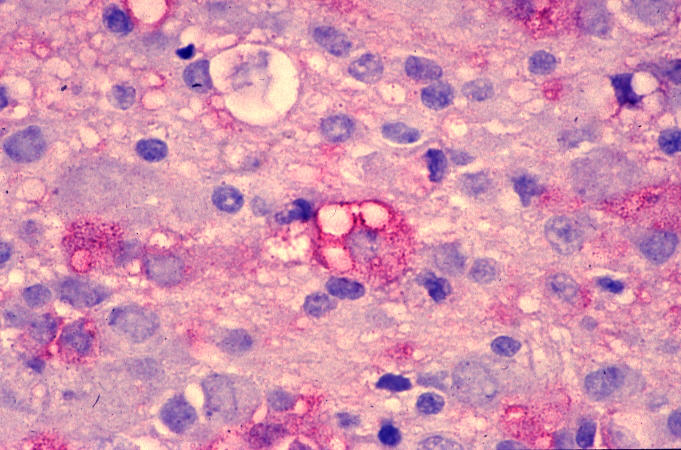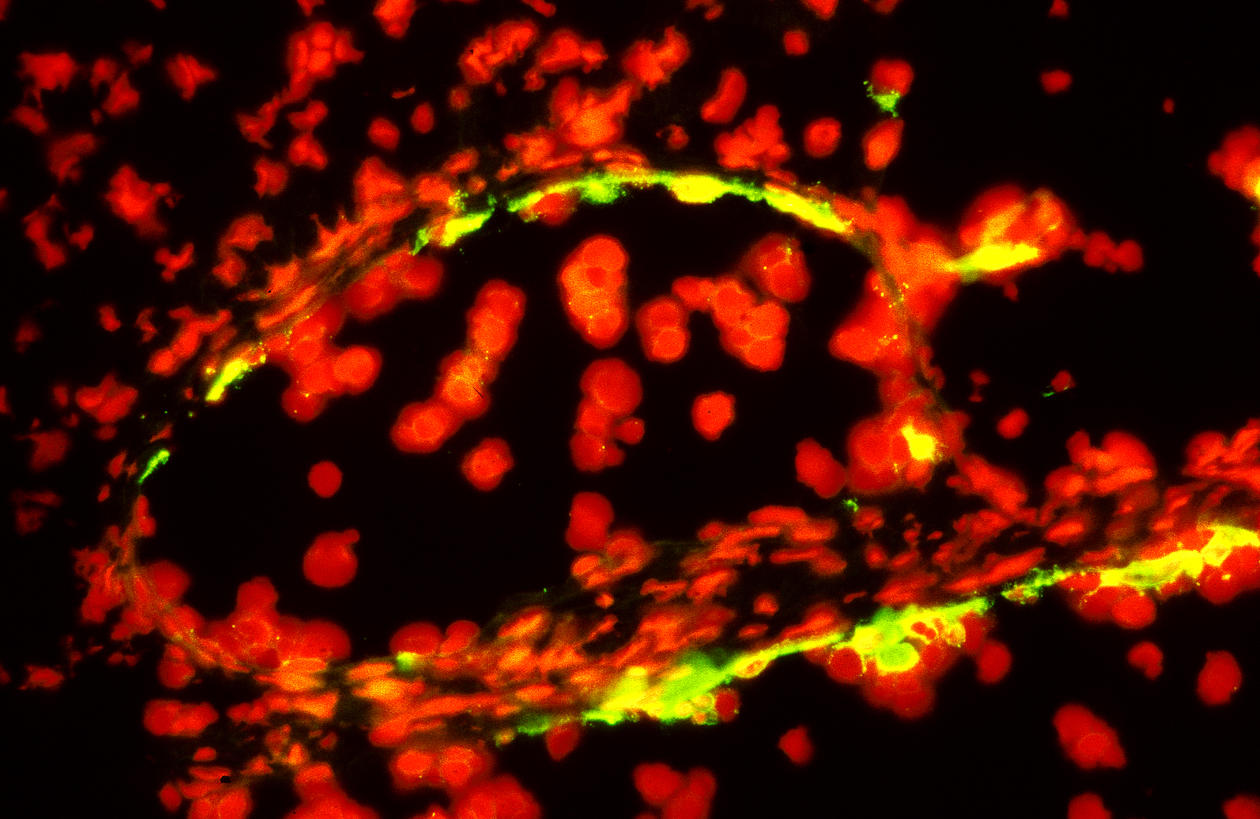Virology
Viral infections affect the majority of production sites for salmonids in Norway, and use of vaccines to control some of these diseases have only had limited effects. Important viruses are causing, or are associated with, well characterized diseases like infectious salmon anaemia (ISA), pancreas disease (PD), and infectious pancreatic necrosis (IPN), but are also associated with heart and skeletal muscle inflammation (HSMI), haemorrhagic smolt syndrome (HSS), cardiac myopathy syndrome (CMS), viral nervous necrosis (VNN), viral haemorrhagic syndrome (VHS), and proliferative gill diseases (PGI). Our main aim is to characterize these viruses and their interactions with the hosts, identify the reservoirs and transmission routes, and develop diagnostic methods for fast and safe detection of viruses in hosts and the environment. Another important aim is to understand the possible transmission of viruses between wild and farmed fish.

Main content
Fish viruses may cause close to 100 % mortality in affected farms unless fast actions are taken to limit the spread of viruses within the production sites. Losses associated with viral infections depend on the virus (species and isolate), but also on a large number of external factors (temperature, environmental stress, other pathogens etc) and the genetic of the hosts. Vaccines have been developed for controlling the effects of Salmonid Alphaviruses (SAV) causing PD, ISA virus causing ISA, and IPN virus causing IPN. However, the effect of these vaccines are very limited and not a solution for future production off salmonids in Norway. We have been working with new technologies (reverse genetics) to develop attenuated vaccines that will give better protection aginast viral infections and the results from testing of such vaccine against SAV have been very promising giving close to a 100% protection. The ISA virus is to a large extent controlled by hygienic measures (separation of generations) and the number of outbreaks has been limited to about 15 every year. This number can probably be reduced even more by removing the virus from circulation through brood fish (preventing transgenerational transmission). The majority of the salmonid viruses are present in both fresh and sea water, and transmission over long distances is resulting from movement of smolt from freshwater sites to different marine production sites along the Norwegian coast. For the majority of these viruses and the associated diseases the control of transmission and losses due to outbreaks are limited by lack of knowledge. A major aim of the FDR group is characterization of these viruses, identification of reservoirs and transmission routes, and providing a scientific basis for risk analysis and future development of vaccines and control strategies.


